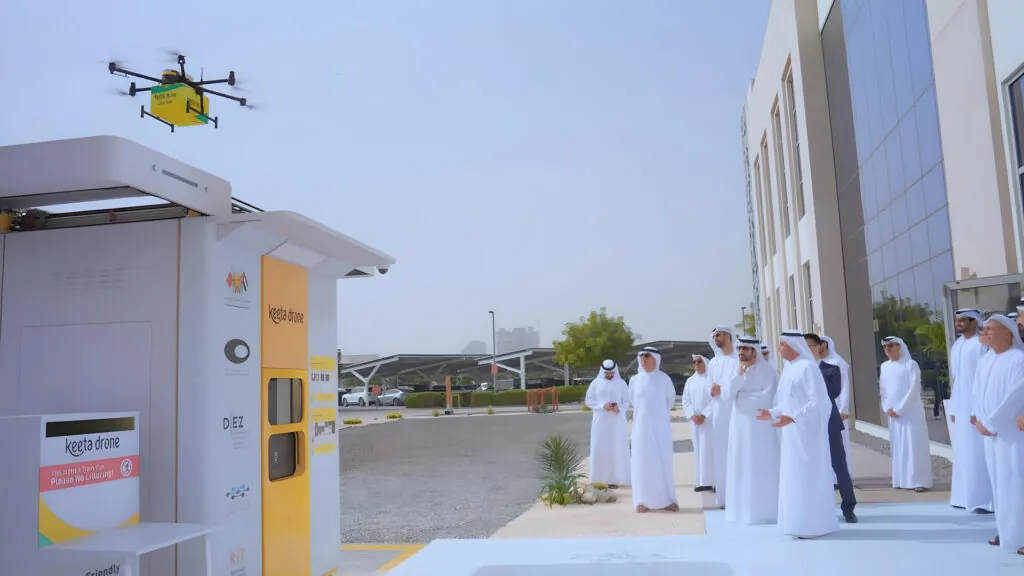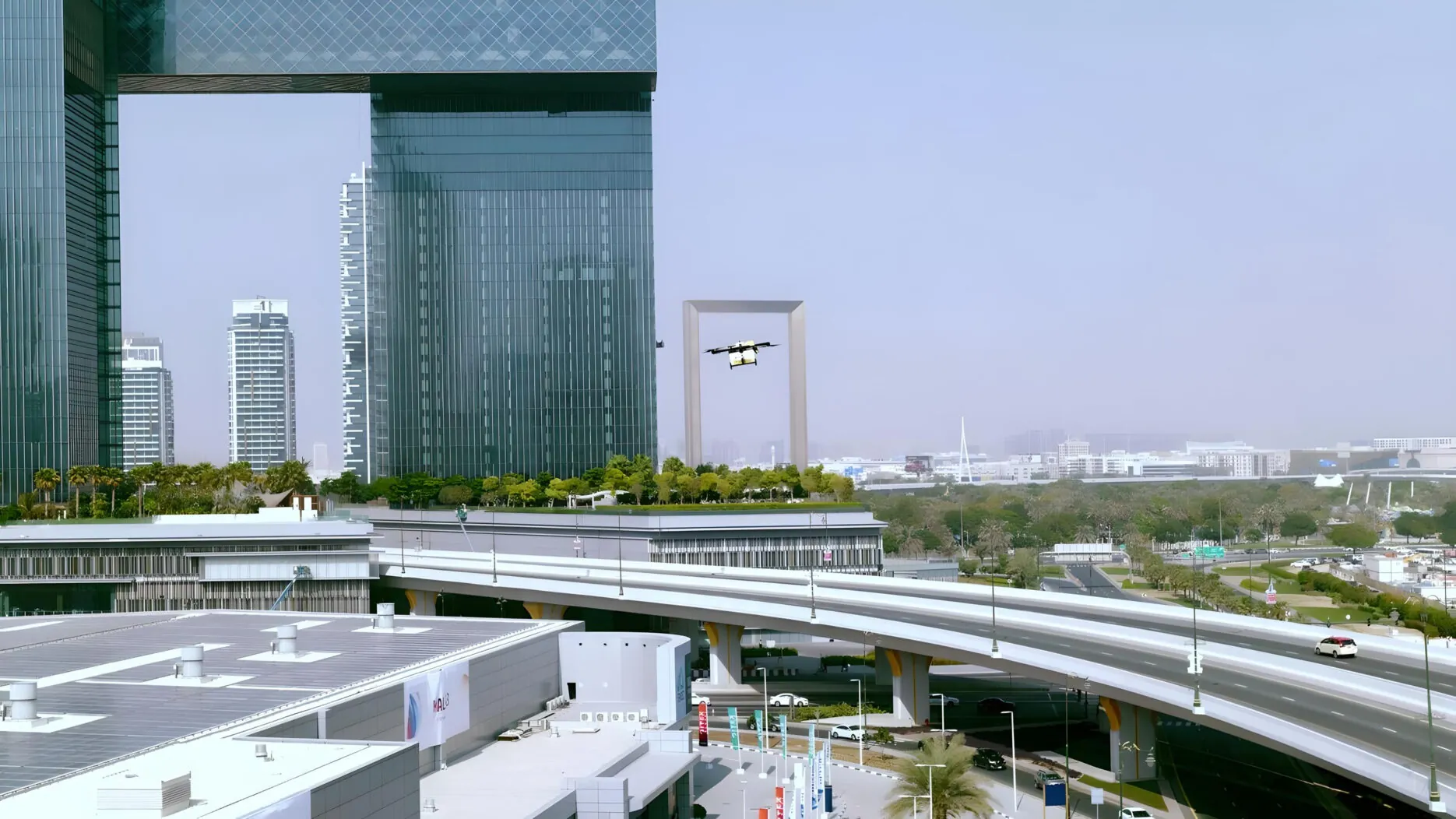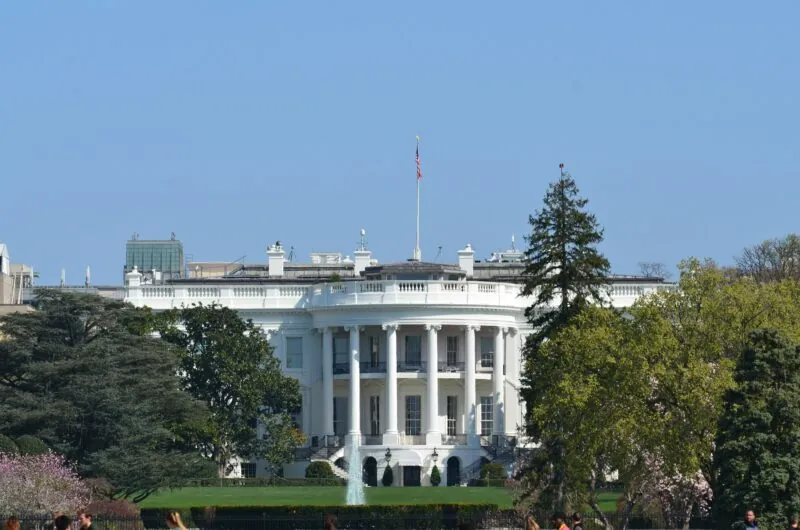Early last year, 4 Chinese government agencies released a guideline for what is called the “low-altitude economy” which would cover drones, eVTOL (electric vertical take-off and landing) aircrafts, as well as conventional aircrafts and helicopters, crewed or uncrewed that fly below the altitude of 1 kilometre. Since then, local authorities and private enterprises have quickly developed their presence in the market. On 21 January, Guangzhou released its rules and regulations for building a “city in the sky”, meanwhile logistics and delivery companies such as Meituan, SF Express and JD Logistics are also entering the sector.
Meituan, a leading food delivery company, has opened 53 routes in cities like Beijing, Shenzhen, Shanghai and Guangzhou in China as of December 2024. It has been reported that Meituan believes that the cost of drone delivery will drop to close to surface delivery in the next 3 to 5 years. In other news, it is estimated that delivery companies are in need of 1 million drone pilots as drone delivery becomes more common.

It is also quickly expanding abroad in its “go overseas” (出海) strategy. In late December last year, Meituan’s overseas brand, Keeta, received a commercial BVLOS (beyond visual line of sight) drone license for drone delivery in Dubai. Currently, there are four routes for Keeta Drones from Meituan, including permanent routes for the Rochester Institute of Technology campus and Dubai Digital Park in the city. This is the first step in Meituan drones’ global strategy. Keeta was also recently reported as the number 1 food app in Saudi Arabia and expanded into 2 more cities in the Middle Eastern country, up from 2. However, Keeta Drones from Meituan chose the UAE city as its first stop over Saudi cities due to Dubai’s advancement in the low-altitude economy and having its own aviation authority, the DCAA (Dubai Civil Aviation Authority).
SF Express and JD Logistics from JD.com are also expanding their drone capabilities. SF Express has already been using drone delivery across China. In its local Guangdong-Hong Kong-Macau Greater Bay Area, daily take-offs range between 800 and 2,000 times, and daily deliveries are over 12,000 times. JD.com unveiled its lightweight urban model JDX20 drone on 18 January and has been testing drone deliveries in cities such as Nanjing, Shanghai, Xi’an and Guangzhou.
Not only are drones nimbler and can avoid traffic, but they can also save on fuel consumption compared to conventional trucks and vans. As China continues to advance in drones, EVs and robotics, we’ll likely see more of the low-altitude economy.









